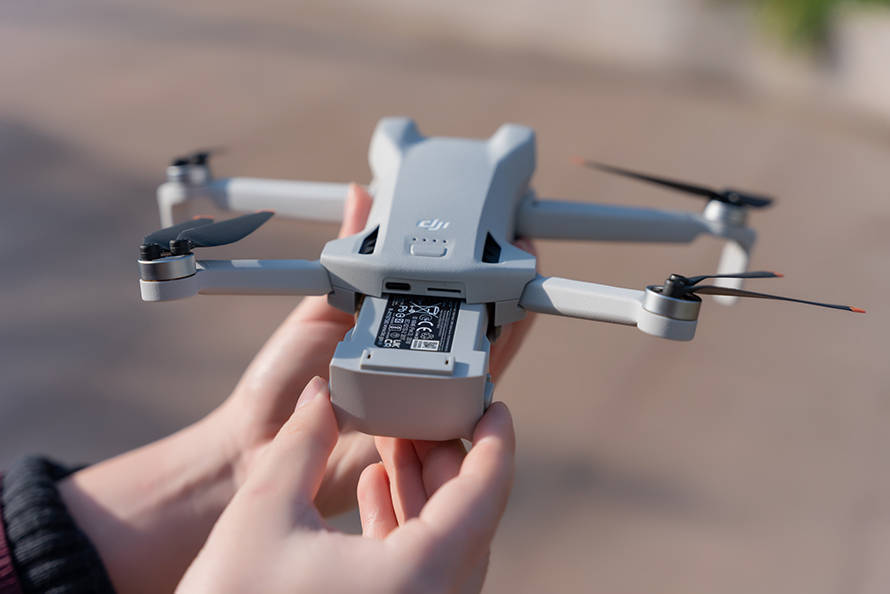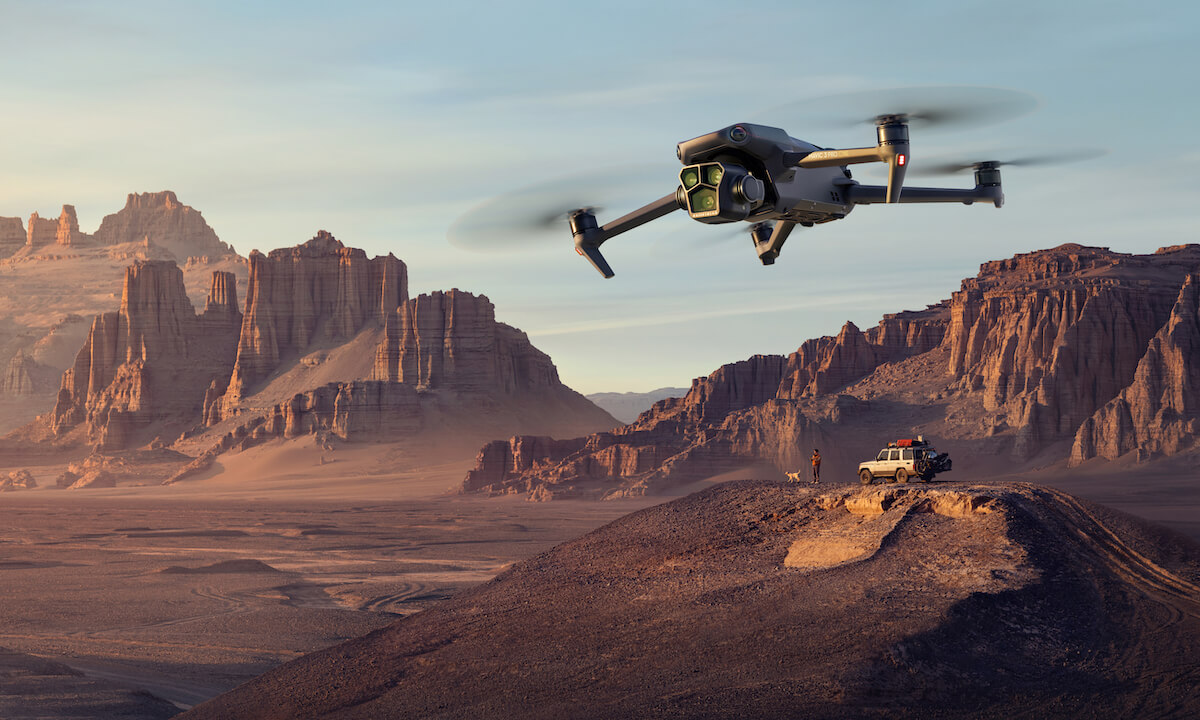Over time, drones have become more accessible, thanks to advancements in technology which have lowered production costs and improved functionality. Among hobbies and professions, aerial photography or videography is perhaps one of the most popular uses for drones. Enthusiasts admire their ability to capture breathtaking aerial views that were once impossible without helicopters or airplanes. The significance of drones extends beyond just capturing photos; they also enable filmmakers to shoot complex scenes at a lower cost and with greater ease.
Drones in Commercial Applications
 Drones are proving to be invaluable in commercial settings, where industries utilize them for inspection purposes. Companies, especially in energy and architecture sectors, use drones to inspect equipment and structures, ensuring operational efficiency without human risk. Agricultural sectors employ drones to monitor crops, helping farmers analyze health or detect disease with precision. Such technological tissue harmonizes with business operations.
Drones are proving to be invaluable in commercial settings, where industries utilize them for inspection purposes. Companies, especially in energy and architecture sectors, use drones to inspect equipment and structures, ensuring operational efficiency without human risk. Agricultural sectors employ drones to monitor crops, helping farmers analyze health or detect disease with precision. Such technological tissue harmonizes with business operations.
Logistics companies across the globe are beginning to experiment with and implement drone delivery systems. This innovation promises to reduce delivery times, minimize human error, and provide a more environmentally friendly option compared to traditional delivery methods. The efficiency in reaching remote or congested areas makes drones an attractive choice for the future of logistics, with companies such as Amazon leading the charge.
The Technological Evolution Behind Drone Design
The progression of drone technology is fascinating. Early iterations were bulky, expensive, and challenging to operate. Today, compact models with advanced flight control systems are available to consumers and professionals alike. Innovations in battery technology have extended flight times considerably, allowing drones to perform for longer periods.Wireless communication advancements between the drone and its operator offer precise control even at significant distances. As artificial intelligence develops, drones are gaining capabilities to navigate autonomously, recognize obstacles, and perform intricate tasks without direct human intervention.
Challenges and Regulations
Despite their benefits, drones pose challenges such as privacy concerns and potential safety hazards. Regulatory measures are escalating to counter these issues, especially in densely populated areas. Authorities continuously work to establish guidelines, securing airspace control while ensuring safe operation between commercial and recreational use.
The necessity for balance remains critical. Regulatory frameworks should not hinder technological progress but rather ensure the safety and privacy of citizens and industries. The Federal Aviation Administration (FAA) is one example of a regulatory body tirelessly updating rules to adapt to these evolving technologies.
Understanding Drone Technology in Context
As drones become more prevalent in various environments, comprehending their impact and mechanics is beneficial. To optimize their utility, users must familiarize themselves with operational protocols and potential risks, ensuring safe and effective use.
FAQs
Q: Why do drones have weight restrictions?
A: Weight restrictions ensure that drones can fly safely and comply with regulatory guidelines, which often dictate maximum altitude levels and payload capacities.
Q: How do drones contribute to environmental sustainability?
A: Drones can reduce dependence on fossil fuels for transportation, cut emissions by delivering goods more efficiently, and support environmental monitoring tasks.

Q: Are drone operators required to have licenses?
A: Yes, depending on the region and purpose of use, operators may need specific licenses or certifications to pilot drones, particularly in commercial settings.
Ultimately, the burgeoning presence of drones marks a pivotal shift in technological adoption and environmental interaction, with vast possibilities on the horizon. As we continue embracing this digital age, understanding and adapting to these advancements become vital steps forward.